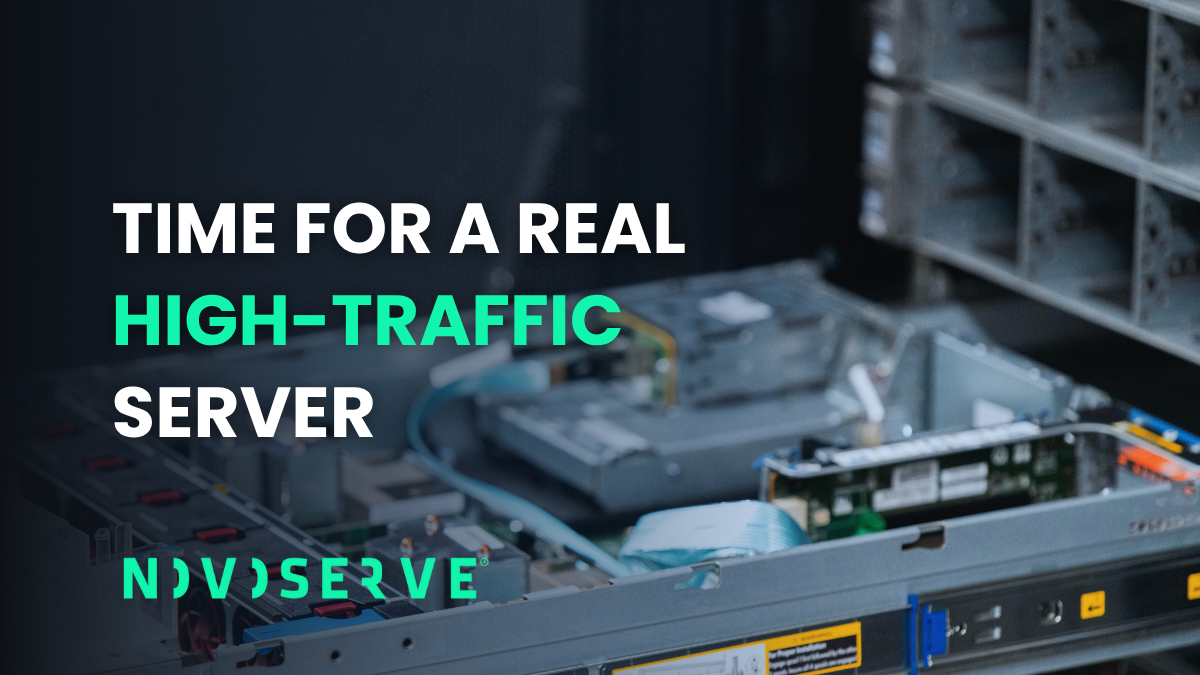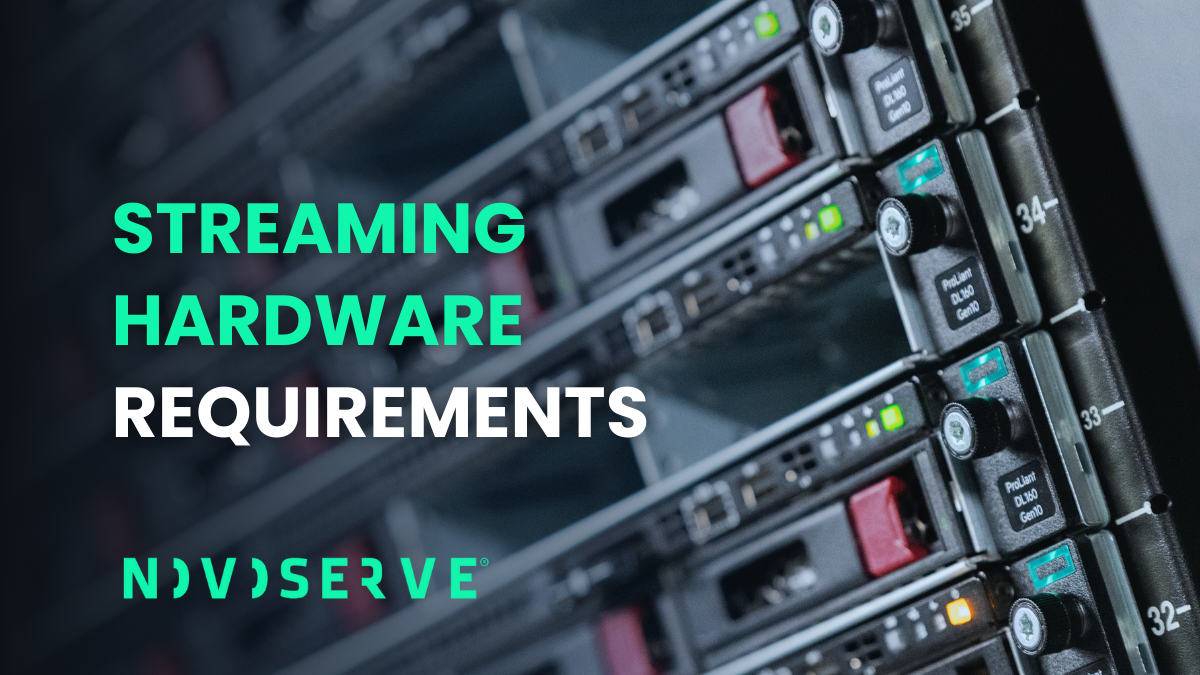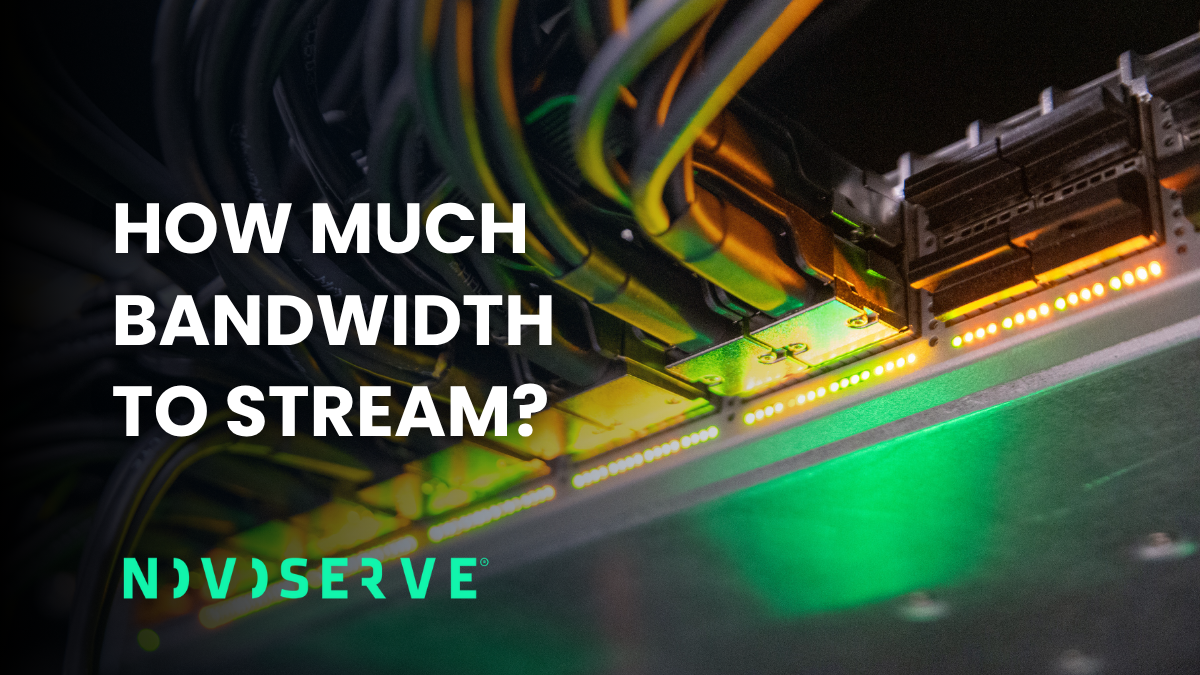Whether it's a viral marketing campaign, a product launch, or a mention in the media, that sudden flood of visitors pushes your server to its limits and your site goes down, often with a dreaded "503 Service Unavailable" error.
This isn't a failure; it's a sign of success. It's the moment you've officially outgrown your VPS or shared hosting plan. While these are great starting points, they are fundamentally unprepared for the demands of a truly high-traffic website.Let’s look at the techncial components that define the best server for a high-traffic website.
VPS is hitting the wall
When your site goes down under load, it's rarely one single thing. It's a cascade of bottlenecks inherent to any multi-tenant, virtualized environment.
CPU Contention (The "Noisy Neighbor"): On a VPS, you are sharing a physical CPU with dozens of other users. If one of those "neighbors" runs a resource-intensive process, they can steal CPU cycles that your website needs, causing your performance to plummet.
I/O Bottlenecks: Your application is constantly reading and writing to disk. On a shared platform, your high-traffic database is competing for I/O with every other user on the same physical drive, leading to slow queries and a sluggish user experience.
The Bandwidth Illusion: Many providers offer "unlimited" traffic on a 1Gbps port. This is a marketing message, not a technical guarantee. In reality, you are sharing that physical port with everyone else on the server. During a traffic spike, you are competing for a small slice of that shared highway, and your traffic gets throttled.
A high traffic web server doesn't just need more resources; it needs dedicated resources.
True high-traffic website
To handle sustained, high-volume traffic without breaking a sweat, a server needs a balanced architecture of powerful, dedicated components. This is what you should be looking for.
CPU: For a high-traffic server, the CPU is constantly processing web requests, executing application code, and querying the database. You need a processor that can handle thousands of concurrent tasks. Look for enterprise-grade CPUs like the AMD EPYC or Intel Xeon series, which are designed for 24/7 workloads and offer a high core count for massive parallel processing.
Memory (RAM): RAM is arguably the most critical component for a high-traffic database and web application. The more RAM you have, the more data can be cached directly in memory, dramatically reducing the need for slow disk reads. This means faster database queries, quicker page loads, and the ability to handle a huge number of concurrent users. For a server for a high-traffic website, 64GB of ECC RAM is a great starting point, but 128GB or more is ideal.
Storage: SATA SSDs. For a high-traffic database, the only real choice is NVMe (Non-Volatile Memory Express) SSDs. By using the PCIe bus to communicate directly with the CPU, NVMe drives offer exponentially higher read/write speeds and lower latency than traditional SSDs. This is the single biggest hardware upgrade you can make to eliminate database bottlenecks and ensure lightning-fast performance under load.
The network port: This is the most misunderstood, yet most important, component. The "bandwidth" advertised by many providers is not the same as a dedicated port. A dedicated, unmetered port means you get a physical network port (e.g., 10Gbps, 20Gbps, or even 50Gbps) that is 100% yours. All of its capacity is available to your server, 24/7. A true unmetered port should also come with no hidden "fair use" policies. You can push your full port speed, all day, every day, without fear of being throttled. This gives you absolute cost predictability and the confidence to handle any traffic spike.
Solution for high traffic server
At NovoServe, we specialize in building the best servers for high-traffic websites. Our infrastructure is designed to provide the dedicated, unthrottled performance that a scaling business requires.
We build our servers majorly on HPE Proliant series ranging from Gen9 to Gen11, with the best components, including the latest AMD EPYC and Intel Xeon CPUs, high-speed ECC RAM, and ultra-fast NVMe storage.
NovoServe’s unmetered dedicated servers provide you with a dedicated, uncontended network port of up to 50Gbps. There are no fair use policies and no surprise bills. Your dedicated port is connected to our premium 16+ Tb/s global network, built on 10+ Tier-1 transit providers and over 800 peering partners. This ensures your traffic reaches your users with the lowest possible latency.
Build your high traffic server
A server for a high-traffic website isn't about having a little more RAM or a slightly faster CPU. It's about a fundamental shift in architecture: moving from a shared, contended environment to a dedicated, unthrottled one.
By choosing a bare metal server with a true unmetered port, you are investing in performance, reliability, and predictable costs—the three pillars of a scalable online business.
Ready to stop worrying about traffic spikes and start serving your customers with confidence?




